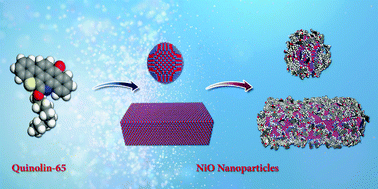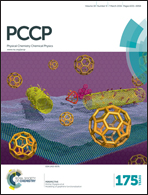The effect of the nanosize on surface properties of NiO nanoparticles for the adsorption of Quinolin-65
Abstract
Using Quinolin-65 (Q-65) as a model-adsorbing compound for polar heavy hydrocarbons, the nanosize effect of NiO nanoparticles on the adsorption of Q-65 was investigated. Different-sized NiO nanoparticles with sizes between 5 and 80 nm were prepared by the controlled thermal dehydroxylation of Ni(OH)2. The properties of the nanoparticles were characterized using XRD, BET, FTIR, HRTEM and TGA. The effects of the nanosize on the textural properties, the shape and the morphology were studied. The adsorption of Q-65 molecules onto different-sized nanoparticles was tested in toluene-based solutions. On a normalized surface area basis, the number of Q-65 molecules adsorbed per nm2 of the NiO surface was the highest for NiO nanoparticles of size 80 nm, while that for 5 nm sized NiO nanoparticles was the lowest. Excitingly, the adsorption capacity of other NiO sizes varied from loading suggesting different adsorption behavior, which exhibits the significance of textural properties during the adsorption of Q-65. Computational modeling of the interaction between the Q-65 molecule and the NiO nanoparticle surface was carried out to get more understanding of its adsorption behavior. A number of factors contributing to the enhanced adsorption capacity of nanoscale NiO were determined. These include surface reactivity, topology, morphology and textural properties.


 Please wait while we load your content...
Please wait while we load your content...